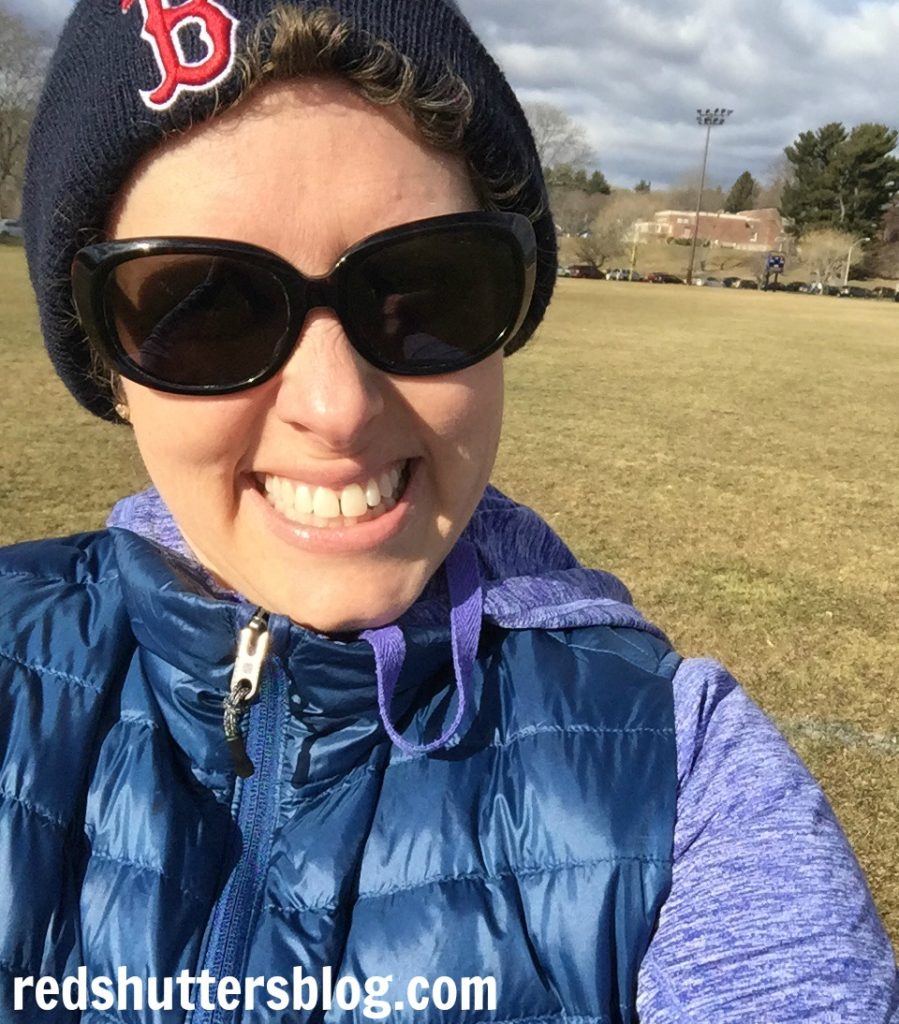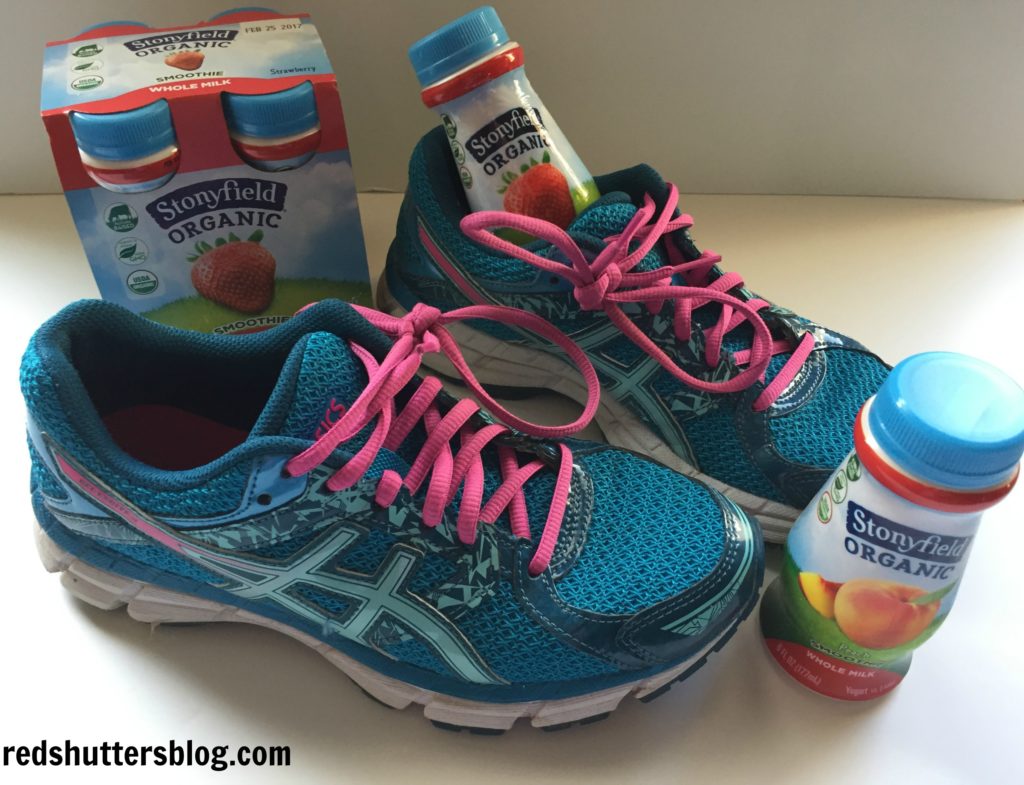One of the downsides to being diagnosed with cancer is that cancer starts to define your life. Your days become filled with doctor’s appointments, chemotherapy, radiation, surgery, and support group. You have to take all sorts of medications, many of which are not kind to your body. The drugs make you tired, nauseous, or bald. Maybe the treatments make your skin hurt or leave you with scars. Maybe you gain weight from the steroids and the slowing down of your metabolism. Maybe you feel nothing like yourself, and don’t realize, until weeks or months have gone by, that you can’t quite remember what it feels like to be healthy.
Even when treatment finishes, cancer patients need a lot of time—months or even years—to feel 100% again. Eventually, energy levels return and the lethargy brought on by treatment dissipates, but it’s not a clear path for everyone. I’ve heard from friends who are survivors that they still don’t—even a decade after diagnosis—feel like they did before. They were irrevocably changed by cancer; they are alive, but different. Their relationships to their bodies are altered; they are aware of weakness; they know they are not invincible.
All of this makes me even more cautious about what I expose myself to—from foods to cleaning products to makeup. It’s one of the reasons I’m a fan of companies, like Stonyfield Organics, which work to produce non-GMO, organic, and healthy food options for families like mine.
I’ve also grown to be more demanding of myself, especially when it comes to my strength and stamina. Prior to my cancer diagnosis in late 2015, I wasn’t the most athletic person. I’ve never found a sport or fitness activity to which I connected strongly, and I tried everything from spin class to aerobics to swimming. There are two exceptions: I do like yoga (the hot kind) and have surprisingly found myself gravitating toward running.
At the beginning of my freshmen year of high school, I attended an open call for students interested in the track team. The coach was known for producing state champions, though I didn’t care about that; new to town, I was looking for an afterschool activity and figured, since I knew how to put one foot in front of the other and tie my sneakers, track might be the right fit. The coach took a look at me, and the other running newbies, and essentially told us we weren’t welcome. He wanted experienced runners, and whatever those experienced runners had, it wasn’t present in us. I wish I had demanded a chance, that I stood up for myself, that I told him to give me a chance. But, I was 14 years old, and intimidated. I remember walking away from the track, defeated. After that, I only ever ran intermittently and on my own.
About eight years later, I ran my first 5K. I ran with friends, amid hundreds of other people. I loved the feeling of accomplishment; crossing the finish line was exceptional. I wasn’t the fastest, I wasn’t the slowest; I set my own pace and got where I needed to go. I believed in myself.
Since that race, I’ve done other 5Ks and 10Ks, always finishing, always amazed with my ability to push across the finish line.
Soon after I was diagnosed, in January 2016, I ran a 5K, the Resolution Run to End Cancer. I was incredibly slow, but I finished, despite being at the lowest point in my life. I remember running the racecourse, crying, so scared.
Jump ahead a year, to this past weekend, and I was back at the same race, more out of shape than in 2016, thanks to my cancer treatment, but no longer scared. It was only three days post-the-end-of-chemotherapy when the 2017 Resolution Run to End Cancer was held, but I knew I had to be there. If I had survived chemotherapy, I could run. I could run, and I could finish.
When I crossed the finish line, I shook off the last definition of myself as a cancer patient. I am a cancer survivor now. I may run too slowly for that high school track coach, but I can do it. The point is to move forward, to keep going, to believe in what’s possible, to live.
Disclosure: This post was created in partnership with Stonyfield. Stonyfield’s Whole Milk Smoothies are a new addition to their organic, pasture-raised, non-GMO products that are made in the USA. They are sold in six fluid ounce bottles, with four bottles per package, and make a great snack, especially after a run. The smoothies come in a number of flavors, including strawberry and peach, which my family was sent to test. My daughter’s favorite is strawberry!



You rock, sister!